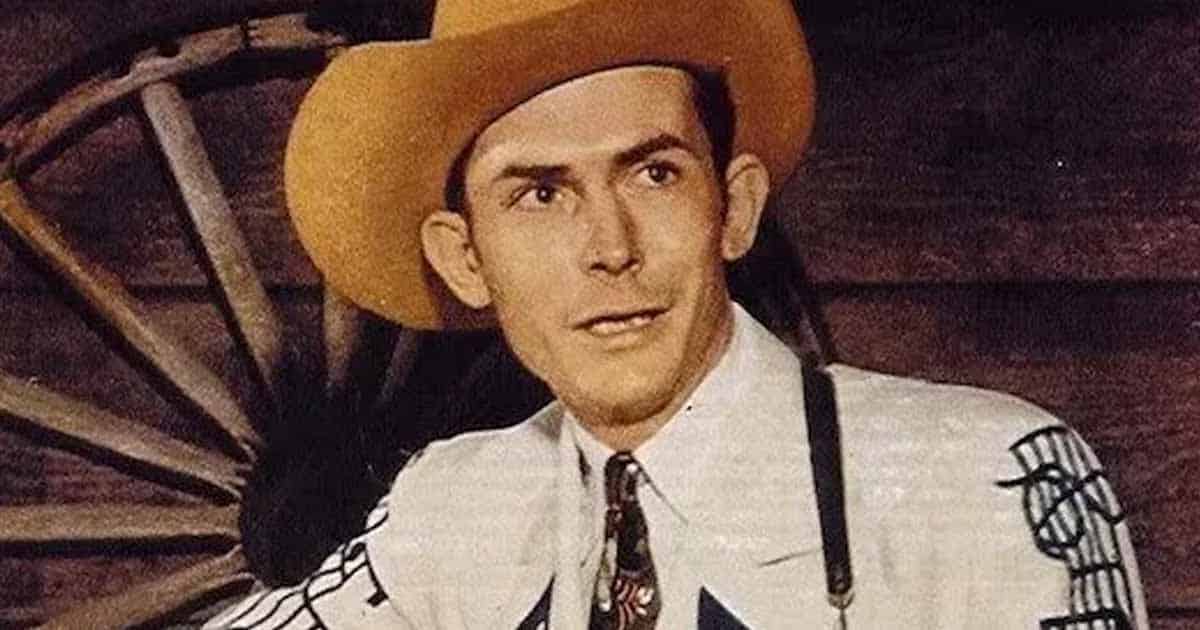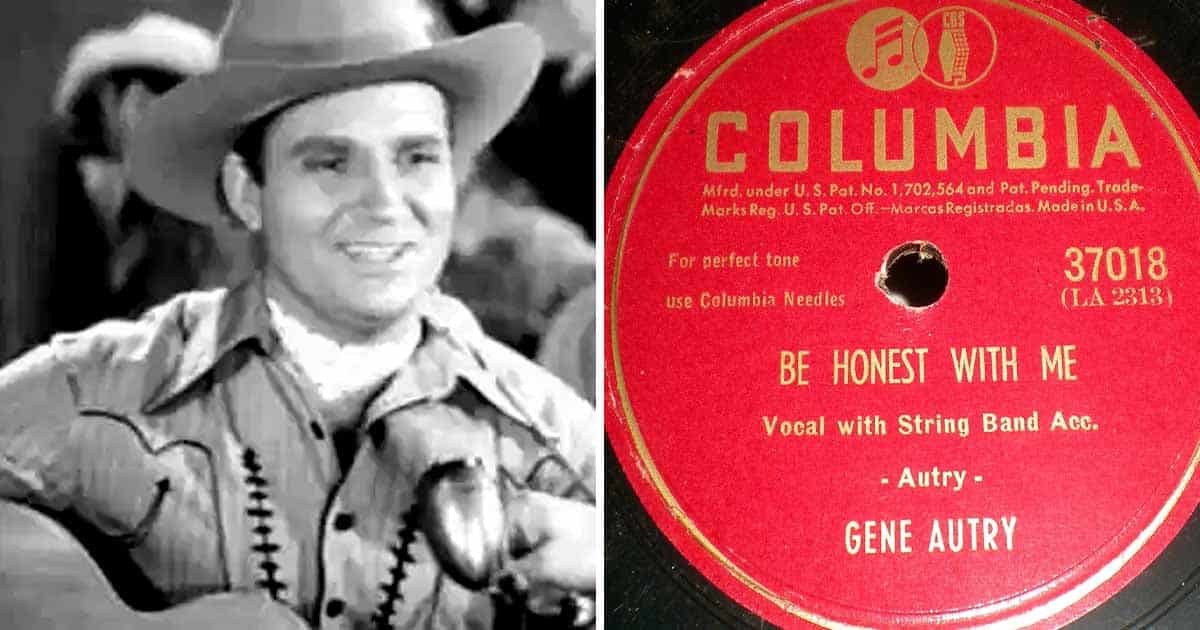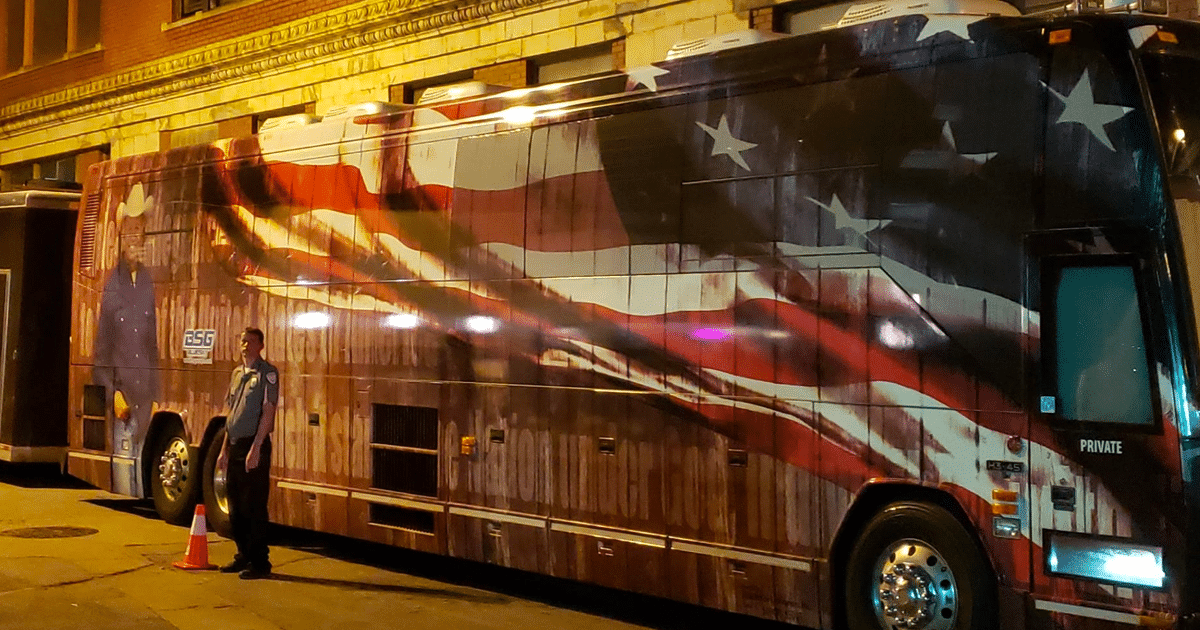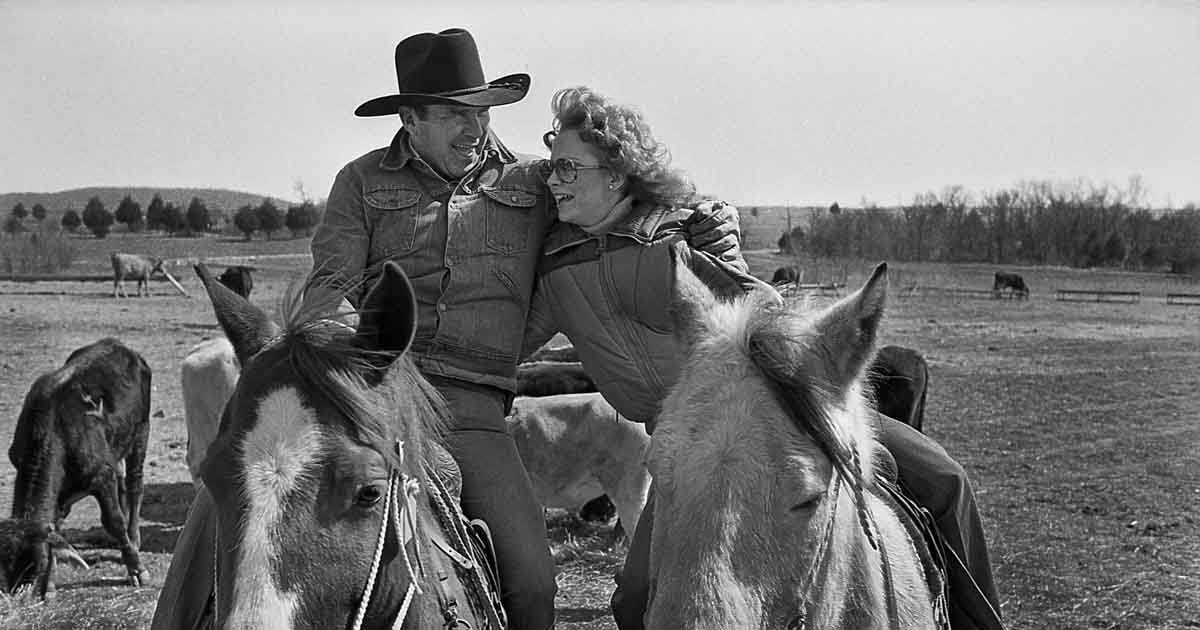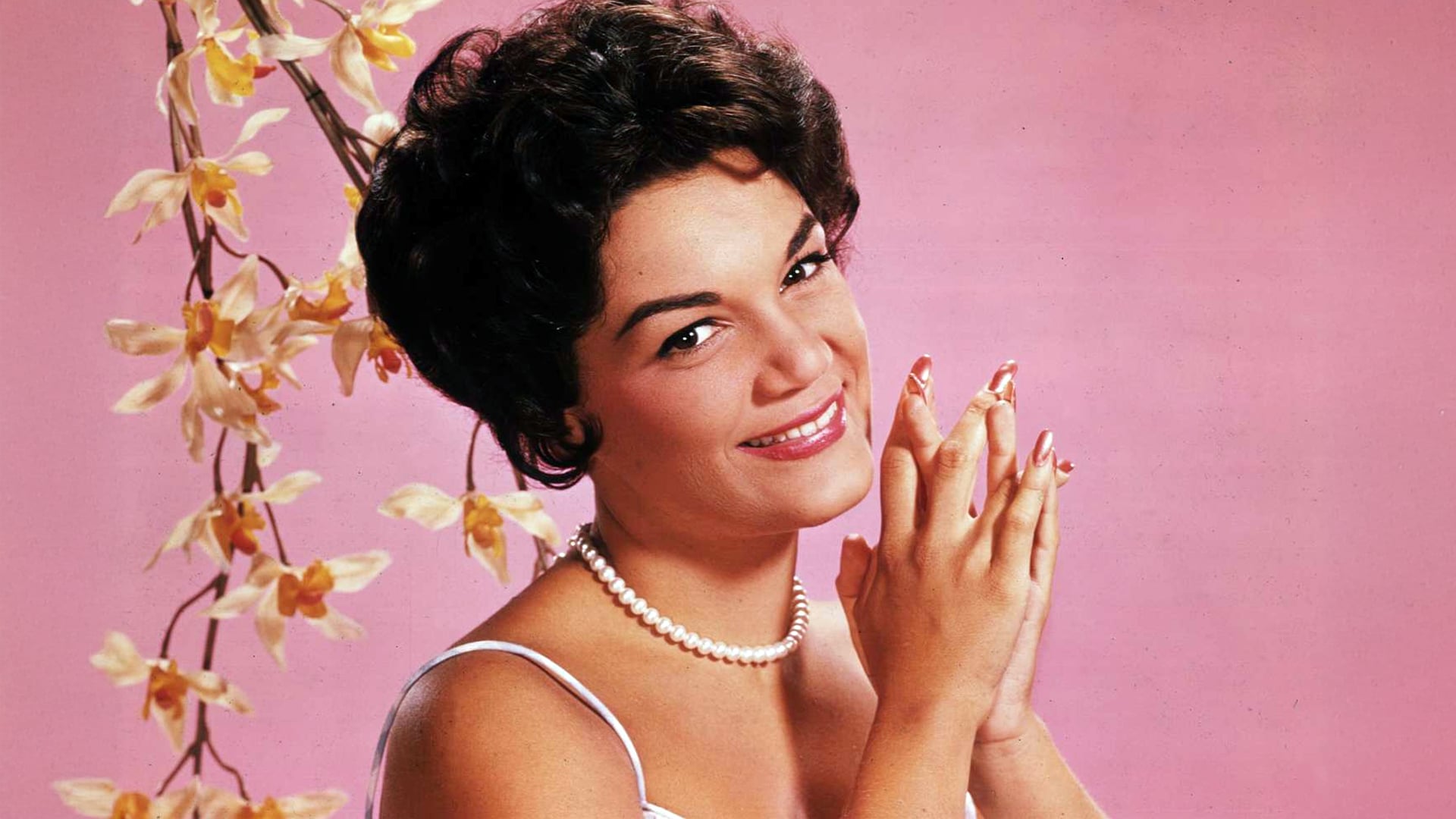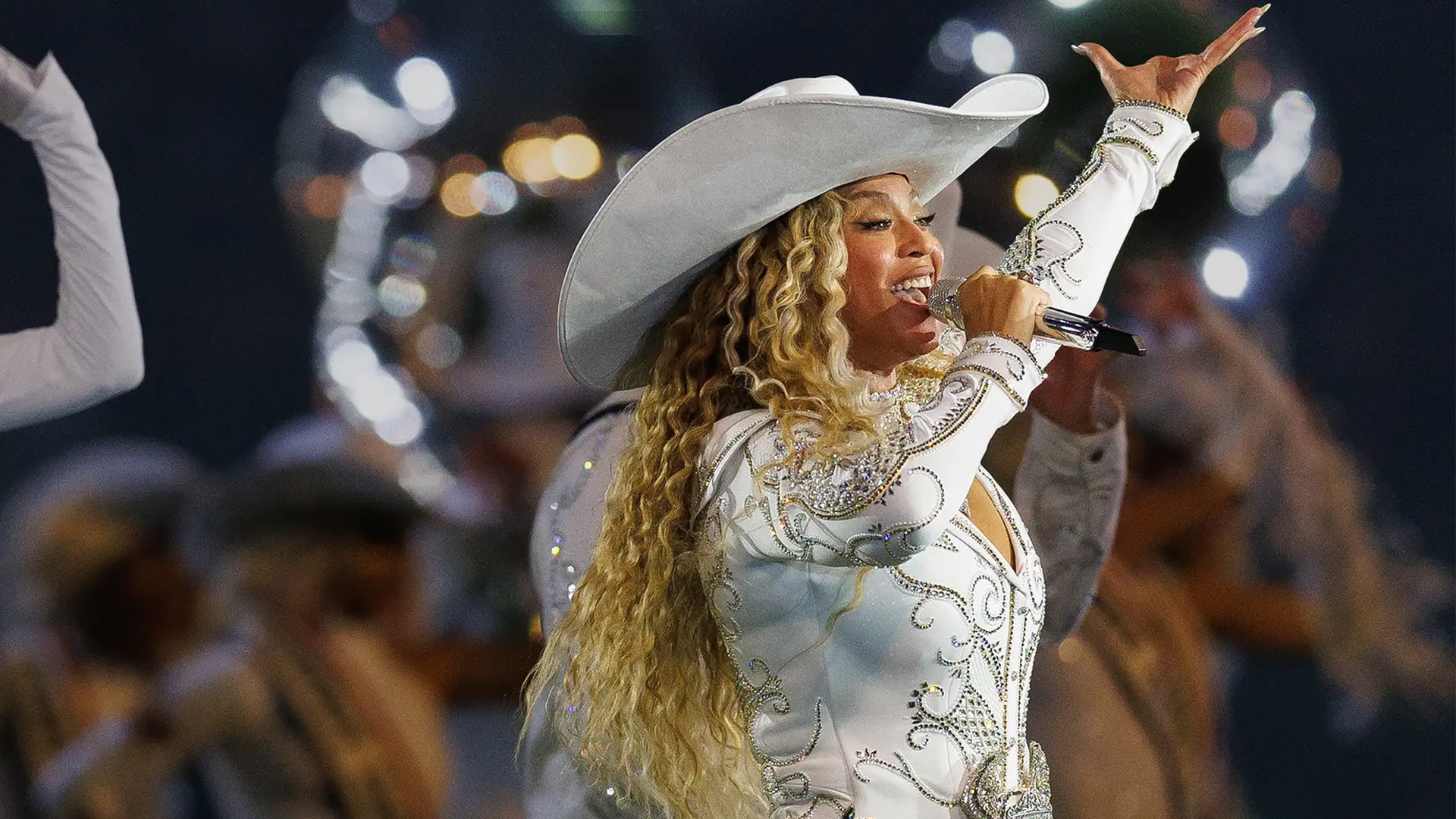Hank Williams was a legend by all accounts. An incredible singer, a phenomenal storyteller, and a legendary songwriter. During his career between 1947 to 1952, he released thirty-one singles and even more were released posthumously, this includes “Kaw-Liga.”
Recorded as part of William’s final recording session in 1952 at Castle Studio in Nashville, “Kaw-Liga” became his first posthumous single following his shocking and unexpected death on New Year’s Day in 1953. The song reached the No. 1 position with high speed and remained at the top of the Billboard Country chart for fourteen weeks.
The Poor Story of “Kaw-Liga”
Both Hank Williams and his producer Fred Rose worked a great deal on “Kaw-Liga,” which found its inspiration from a time when the singer was enjoying a getaway at his cabin in Kowaliga, Alabama – a lakeside community in central Alabama. The community was named after a legendary Indian for which a wooden statue was later placed near the lake.
Watching the wooden statue of the Indian Kowaliga from his cabin, Williams was inspired to write one of the last songs of his career. The song tells the story of a wooden Indian called “Kaw-Liga” who fell in love with an “Indian maid over in the antique store” but was never able to show his true feelings until “one day a wealthy customer bought the Indian maid, and took her, oh, so far away.”
“Poor ol’ Kaw-liga, he never got a kiss. Poor ol’ Kaw-liga, he don’t know what he missed. Is it any wonder that his face is red? Kaw-liga, that poor ol’ wooden head,” the song goes.
“Kaw-Liga” is just one of the many songs Williams penned with Fred Rose, who produced his records and published his songs through his company Acuff-Rose. Rose has always “doctored” the songs Hank composed, offering suggestions and making revisions.
Country singer Roy Acuff later recalled: “Hank would come up with the ideas, and Fred would say, ‘Well, write it down and let me look at it.’ Hank’d bring it to Fred, and Fred would sit at the piano and compliment Hank and say, ‘Maybe you can express this a little differently, let’s change it a little bit,’ but Fred never changed Hank’s thinking.”
Where Is Kowaliga, The Wooden Indian Statue Today?
Now you might wonder what happened to the actual Kowaliga wooden Indian after nearly fifty years later? Well, he was kidnapped shortly after the song named after him hit the charts and was never to be seen again. His successor was also spirited away without a trace. Because of Kowaliga’s obvious portability, the third replacement was created to be a concrete statue. Although he managed not to be abducted, he suffered several assaults through the years, including fire and vandals.
The fourth Kowaliga now stands in thew newly-renovated Kowaliga Restaurant, greeting guests with poise and stature. Hank William’s cabin has been renovated and is still there across the road from Kowaliga IV.
Hank Williams is by far one of the most significant and influential musicians of all time. Though it is sad how his life ended too quickly, the legacy he left behind will never be forgotten.
Listen to Hank Williams’ ‘Kaw-Liga’

